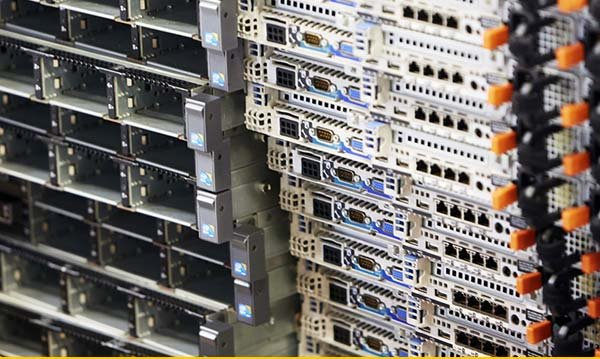“Eat a watermelon seed and a watermelon will grow in your stomach!”
I’m willing to bet that many of you heard this as a child. If you’re like me, you probably believed it until you grew up and realized that some of these childhood myths just aren’t true. Either that or you’re still waiting those 7 years for that piece of gum you accidentally swallowed to surface. But parent-child myths aren’t the only ones that encourage behavior patterns. We see myths dispersing across all business landscapes, including the IT sector. One IT myth in particular that continues to circulate is the 5-year myth:
The “cycle” I’m referring to is the process of buying new networking equipment every five years. This cycle may make some sense for purchasing servers and storage products; however, when it comes to networking equipment, this is a myth perpetuated by the OEM’s themselves. To add insult to injury, this very costly myth (no one wants to buy what they do not need) is often forced on CIO’s through accelerated end-of-support policies. Think back to what you’re told when purchasing products. Typically, when buying the product you will hear “This product has a MTBF (mean time between failure) of 35 years!” Then 5 years after you buy it you get an “End-of-Life” announcement that is going to end support. Just crazy!
That said, sanity is on the way. Several of the top independent analyst firms (Gartner, Forrester, etc…) have come out with reports informing CIO’s that this 3 to 5-year cycle is often wasteful and your network equipment can typically last 7-10 years, and sometimes even longer. Networking equipment is very different than servers and storage—it’s designed for quality, strong performance, and most importantly, it’s designed for longevity. Most network equipment is solid-state, has no moving parts, runs cooler than servers/storage, and has significantly longer MTBF’s. Also, there is no Moore’s Law in switching—there are still millions of people who only need a 10/100 connection at corporations, and this is the same requirement they had 10 years ago. It’s the same situation with 1Gb: when the new 3750X switches came out, how many of you really needed a 10Gb ports added to that 3750G switch? Sure, for the 10% of situations where that was needed, it made sense to buy it.
According to Forrester Consulting, 79 percent of organizations refresh their networking infrastructure as often as every 1to 5 years. A huge percentage of businesses—85 percent—admits that they would keep their equipment longer if only the vendor continued to support it.
I’m here to tell you that this Five-Year Myth for networking is exactly that—a myth, and a costly one at that.
We think you should be able to keep what’s working with continued support. Each company has a unique IT environment, so generalizing everyone into the same refresh cycle just doesn’t work. Look for solutions to support both current and previous generation equipment for as long as you want to keep it. Be on the lookout for support options that match your unique network. Talk to engineers that understand the infrastructure of your network and seek opinions outside of OEM contracts.
The freedom to choose your own refresh cycle gives you the control of your network back—and that’s no myth.
—–
If you enjoyed this blog post, you will also like:
www.curvature.com/Blog/Dont-Bury-Your-End-of-Life-Gear-Revealing-truths-in-the-IT-atmosphere



